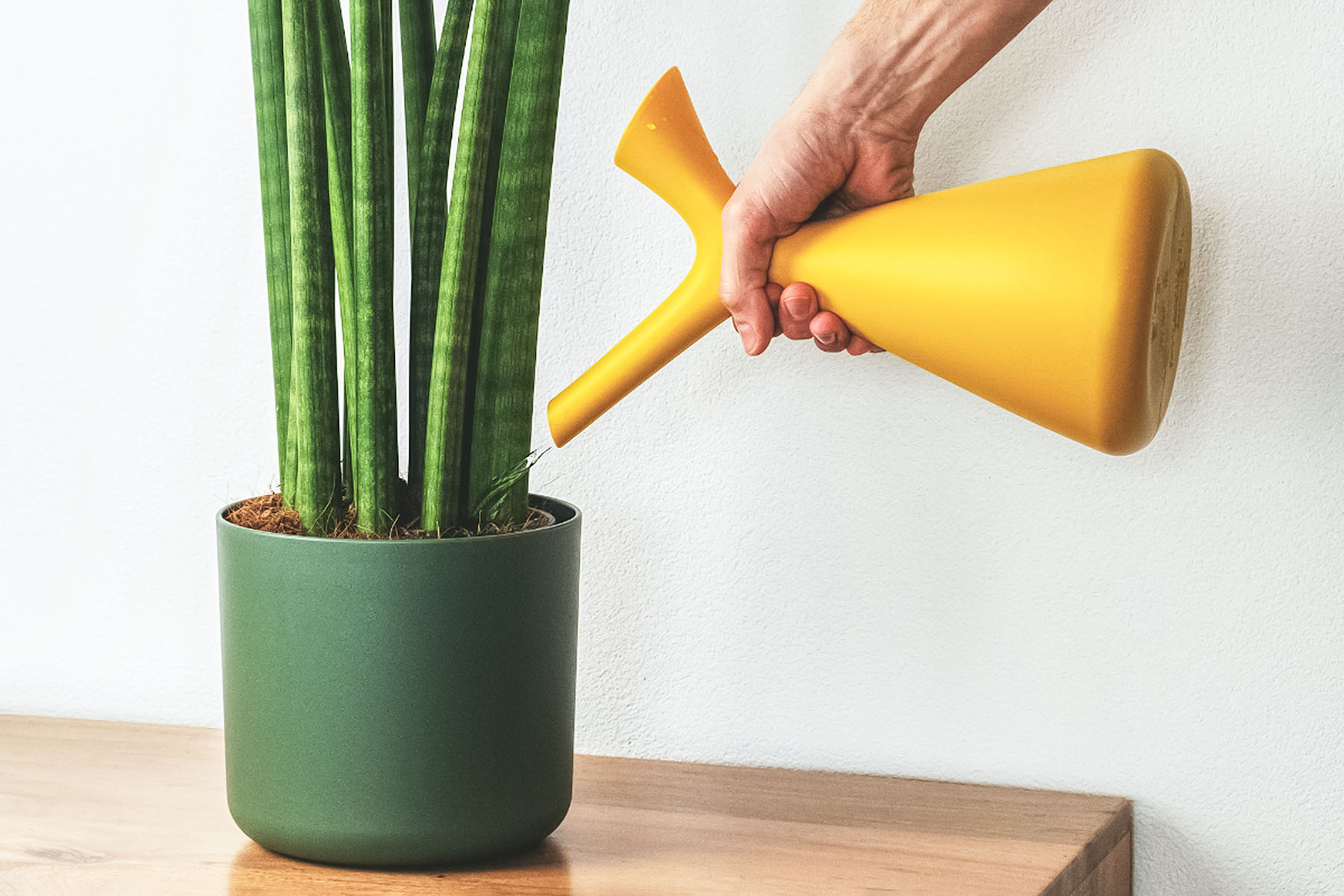
Propagation 101: Everything You Need to Know About Propagation
In This Series
Whether you are a beginner plant parent or an experienced plant parent, we are sure, at one point or another, you have done some experimenting with propagation - or you are definitely interested in it. Propagating our plants is fun and exciting, who doesn't enjoy creating more plants from one? This process allows us to add even more greenery to our homes (for free!), to share our passion with others, or to swap plants with others, receiving another propagated plant in return. It brings people together, as well as allowing us to experience our own fun projects along the way.
In our propagation series, we will cover the most popular methods of propagation, so feel free to browse through them all if you wish to learn each one. We will cover what propagation is, when to do it, what you will need, and what to expect after. This isn't entirely comprehensive, since there are plenty of ways to grow your own plants and we could go on forever, but we will cover all of the most common methods you will most likely come across. We encourage everyone to give propagation a try, the process can educate you on your plants as well as be a fascinating venture!
What is Plant Propagation?
Even though there are many types of plant propagation, they generally fall into two categories: sexual and asexual. Sexual propagation involves the use of floral parts to create a new plant from two parents (i.e. through seeds) and asexual propagation involves using the vegetative parts of a plant to create a new plant using one parent (i.e. through cuttings, layering, and division), the latter of which is more common among houseplant owners. Depending on the plant, since some propagate easier than others, this is often an incredibly rewarding endeavour. However, just like in most areas of life, there certainly will be some failures along the way. But, we live and we learn!
💡
Plant propagation is the breeding of other specimens of a plant by natural processes, growing new plants from a variety of sources such as seeds, cuttings from a parent plant, or other plant parts. Each plant you propagate is a genetic copy of the original.
Once the propagations begin to grow, they will form new, healthy roots, which are often cream-coloured and thick or thin, depending on the plant variety. Propagation can be done with mature cuttings or young ones, but the new growth that forms may be juvenile growth, not looking exactly the same as the foliage that currently exists on the cutting. New cuttings will need more attention than established plants, but, given some time, and with love and the appropriate care, your new plant will eventually form larger leaves.
Despite it not being 100% successful every time, you will learn what works for you, or which method you prefer, as you go about completing the process, and this will vary from plant to plant! Remember to be patient (roots don't form overnight) and have fun while you are doing it, these are experiments after all and should be thought of as such. Who doesn't want unlimited copies of their favourite houseplant?
When to Propagate & Why
Before we get into our methods of propagation, let's discuss the best time to do it. To increase your chances of success, it is best to propagate during the spring and summer months, when the days are longer, brighter, and generally warmer. Plants are most often actively growing during this period as well, compared to the winter months when they are in a state of dormancy. If you have never tried your hand at propagating your own plants, now is the time - don't blame us if you get addicted to it though!
❄️
It is generally not recommended to propagate your plants during the winter. The light levels are not optimal, the surrounding environment is dry, and plants are usually in their dormant period, where they are not actively growing.
Even though so many plants are easily accessible, for quite affordable prices, why do we also encourage propagation? Why are we drawn to it? Well, there are many reasons:
Affordability:
The most obvious reason is that it is an extremely affordable way to expand our plant collections, increasing your stock of plants by using what you already own.
Fuller plants:
Not only can you create whole new plants, but you can also make current plants lusher, taking cuttings and sticking them back into the parent plant.
Sharing the love:
Propagation is a fantastic way of sharing your passion with others, growing whole new plants to share with the important people in your lives.
Experimentation:
Since caring for plants is already a fulfilling hobby, why not add to that feeling by growing your own plants from scratch, testing out different methods to see what works. If you have ever wanted a smaller version of a plant, try taking a few cuttings and planting them in an appropriately sized pot.
Starting new:
On the more matter-of-fact side of propagation, it can be very useful to implement when a plant that is most likely not going to make it, can still have healthy cuttings taken from it to revive it in the form of a whole new plant.
Not only can it be fun to propagate our plants, but pruning and trimming of houseplants are usually necessary to promote healthy growth. Pinching and pruning can make your indoor garden more attractive and can correct structural problems while encouraging new growth. If a plant has become too leggy, due to lack of light, try trimming those sections and propagating them as a new, more compact plant. This will encourage the original plant to produce compact growth, as long as it is now placed in optimal light levels. Propagating our plants via pruned bits also allows us to make sure there is not waste, by creating a new plant from the trimmings, or adding back into the mother plant.
Propagation is a great way to share your passion with others - who doesn't love a memory tied to a plant? We know that, here at JOMO Studio, some of our favourite plants are those that have been grown and shared with love from our best friends, family members who may live far away, and grandparents. So let's get into the nitty-gritty details of propagation!
Different Methods of Propagation
The method of propagation that you choose will all depend on what would work best for the plant you desire to propagate since different plants have different growth patterns and what works on one, may not be successful on another. We outline the plants that are most suited for each method in each guide. No matter the method you choose, you should always make sure your equipment is clean and ready to go, that includes your chosen containers, knife (or clippers), gloves, medium, etc.
🌿
If you are choosing to use rooting hormone, which is not necessary but can help the process along, be careful not to use too much. An excessive amount may actually do the opposite of what you wish and slow root development. To use the hormone, dip the cut side in it and gently tap off any excess.






